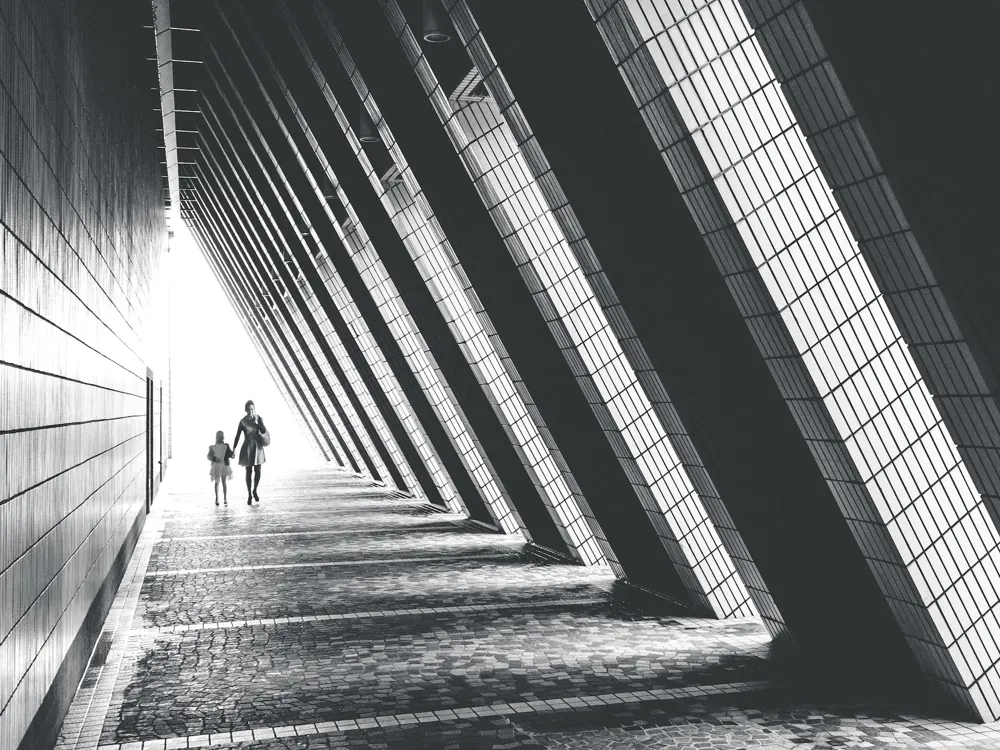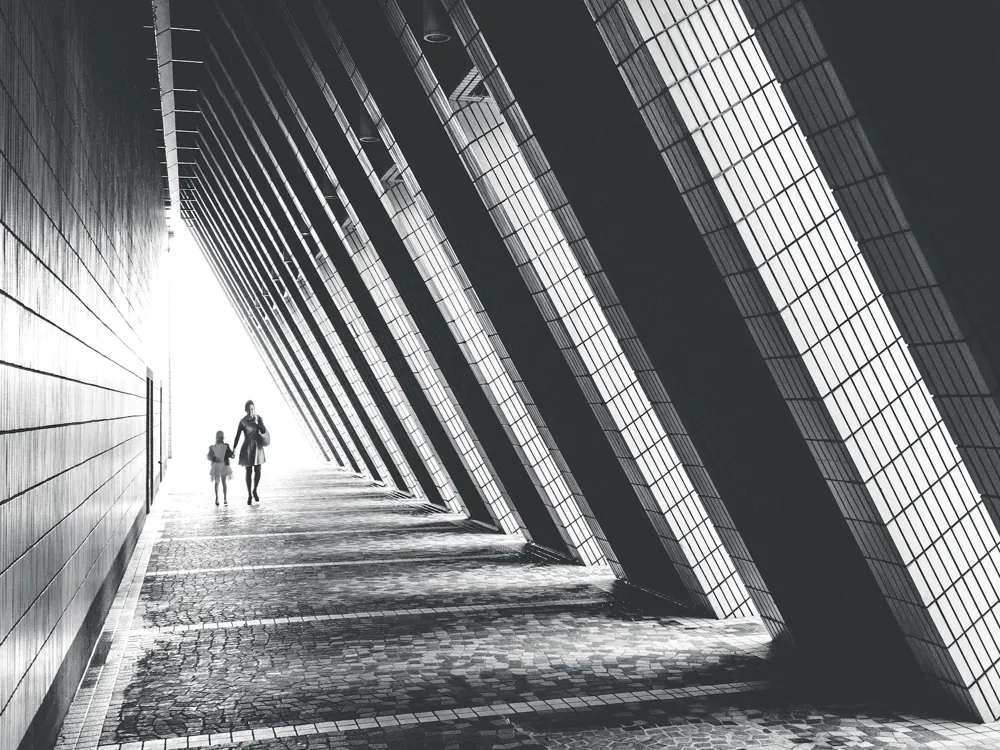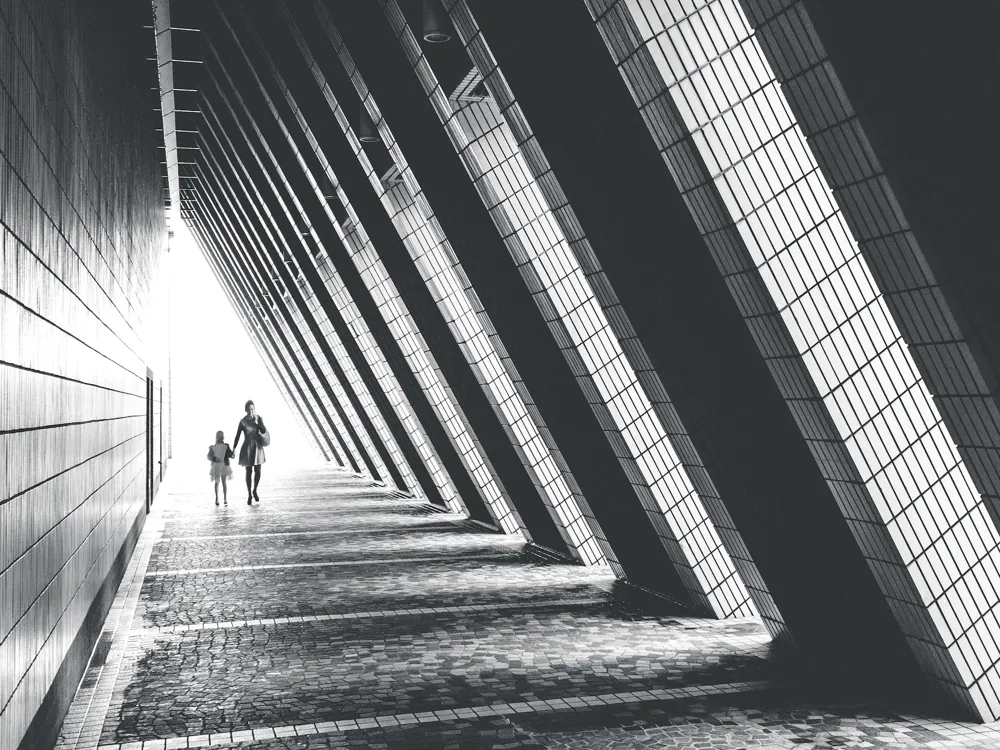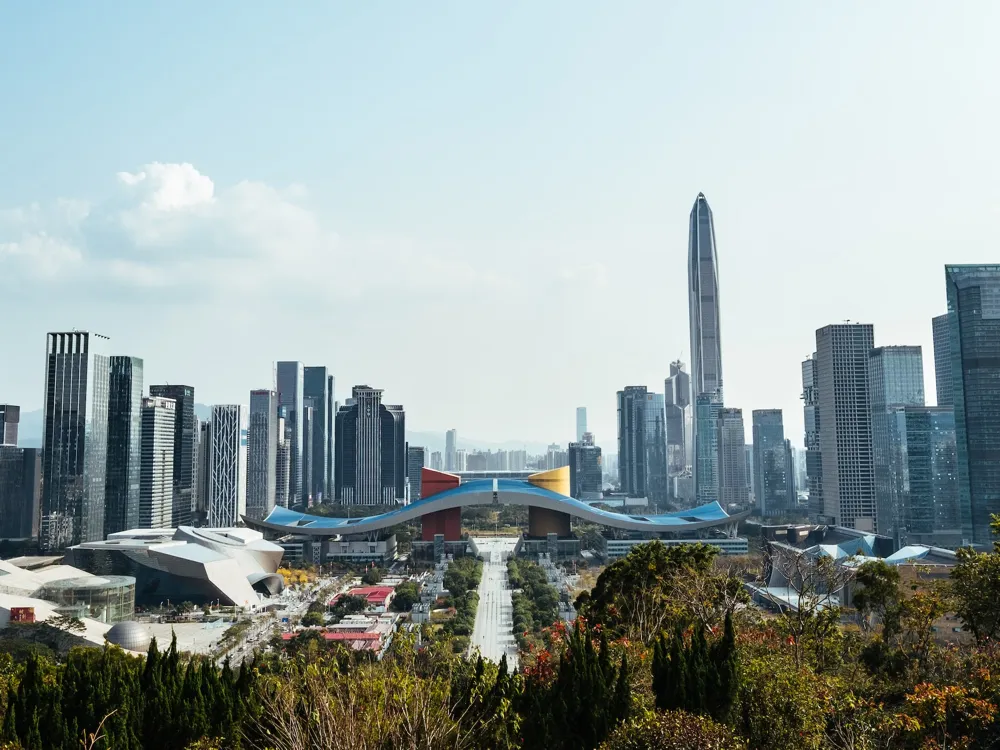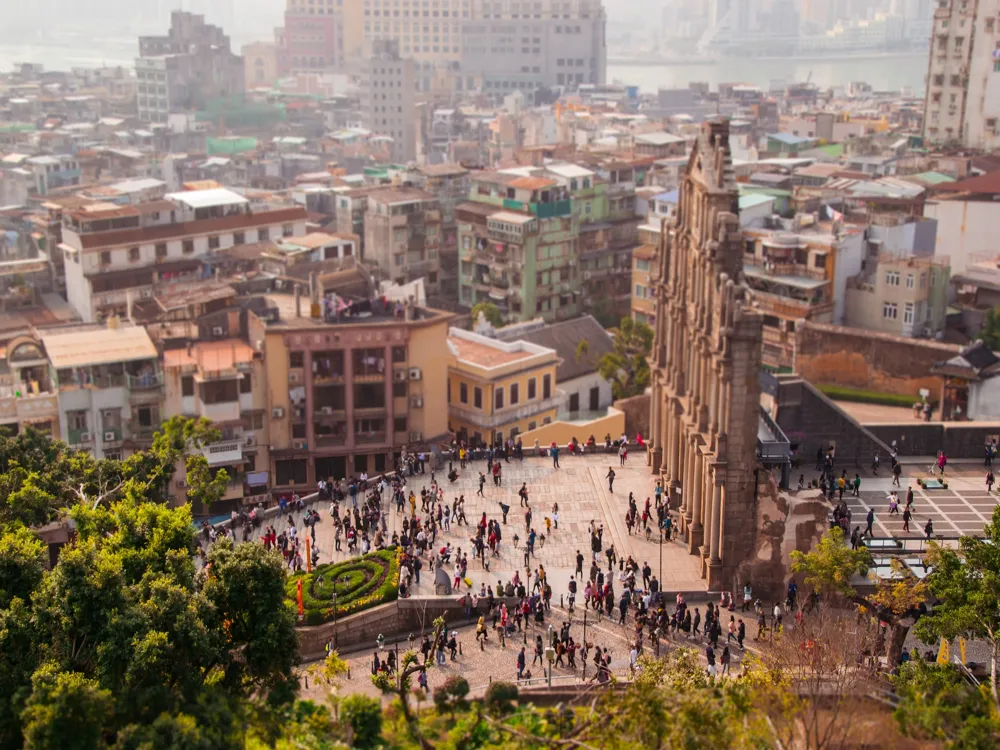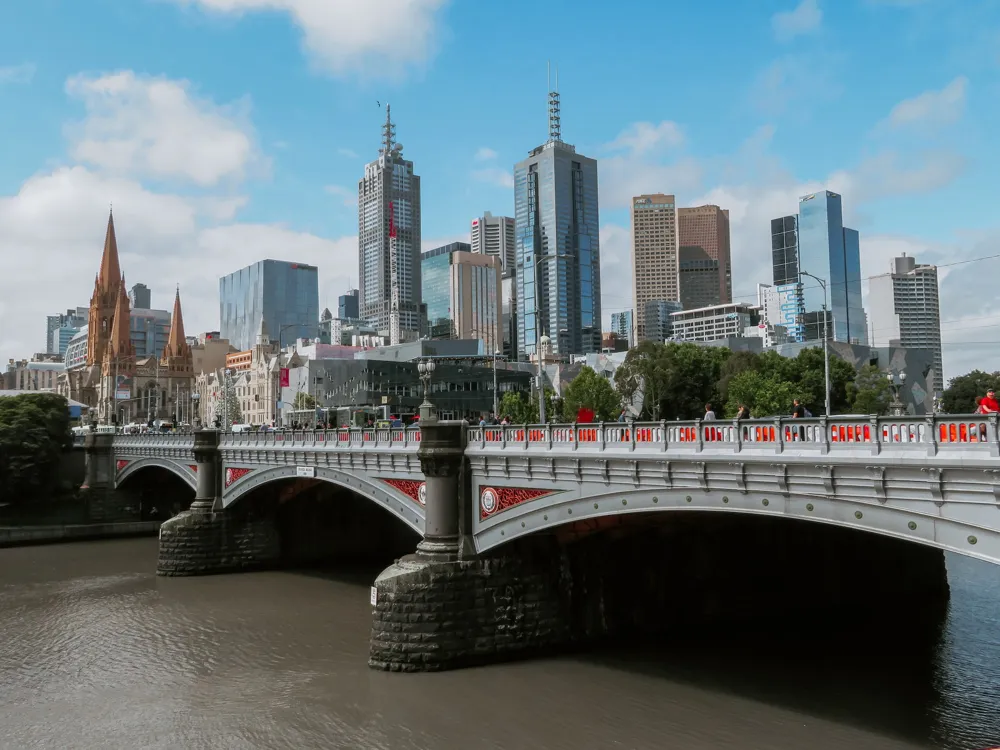The Sha Tin Che Kung Temple, nestled in the bustling heart of Hong Kong, stands as a beacon of cultural heritage and spiritual solace. Revered for its rich history and spiritual significance, this temple is not just a religious site but also a testament to the deep-rooted traditions of Hong Kong. The origins of the temple date back to the Song Dynasty, making it a significant historical landmark. Over the years, it has evolved, reflecting changes in society while maintaining its core spiritual essence. The temple is dedicated to Che Kung, a military commander of the Southern Song Dynasty, who is worshipped for his power to control epidemics and bring good fortune. As you step into the temple, you are greeted by the giant statue of Che Kung, an embodiment of strength and righteousness. The temple's atmosphere is imbued with a sense of peace and reverence, attracting not only locals seeking blessings but also tourists from around the globe. Beyond its religious significance, Sha Tin Che Kung Temple is a hub of cultural activities, especially during Chinese New Year and Che Kung's birthday. These events showcase lion dances, drum performances, and other traditional ceremonies, offering a glimpse into the vibrant culture of Hong Kong. The temple also serves as a sanctuary for those seeking a moment of tranquility amidst the city's fast-paced life. The architecture of Sha Tin Che Kung Temple is a splendid amalgamation of traditional Chinese design and modern artistic elements, making it a visual masterpiece. The temple, rebuilt in 1994, showcases a distinctive style that pays homage to ancient Chinese architectural principles while incorporating contemporary influences. The entrance of the temple is adorned with a magnificent archway, leading to a spacious courtyard surrounded by meticulously crafted walls. The main hall, the heart of the temple, features a grandiose roof embellished with exquisite ceramic figurines, representing historical and mythological scenes. This roof, with its intricate designs and vibrant colors, is a classic example of traditional Chinese craftsmanship. Inside, the temple is adorned with detailed wood carvings, colorful murals, and ornate lanterns, each telling a story of Chinese folklore and history. The use of gold, red, and green in the temple's design is not only aesthetically pleasing but also symbolizes prosperity, happiness, and harmony. The layout of the temple, based on Feng Shui principles, ensures a harmonious flow of energy, creating an ambiance of balance and serenity. As a place of worship, visitors are advised to dress respectfully. Avoid wearing revealing or overly casual clothing. Modest attire that covers shoulders and knees is recommended. While photography is allowed in most areas, always look for signs indicating restrictions. Be respectful when taking photos, especially during religious ceremonies or of worshippers. Be mindful of the temple's cultural and religious significance. Avoid loud conversations and maintain a peaceful demeanor to respect the sanctity of the temple. Visitors are welcome to participate in rituals such as offering incense. However, it's important to observe and follow the customs correctly. Feel free to ask the temple staff for guidance. Reaching Sha Tin Che Kung Temple is convenient, thanks to Hong Kong's efficient public transportation system. The most direct way is by MTR (Mass Transit Railway). Take the East Rail Line and get off at Sha Tin Station. From there, it's a short walk to the temple. Alternatively, numerous bus routes serve the area around the temple. For those preferring a more scenic route, a taxi or a bike ride through the picturesque streets of Sha Tin can be a delightful experience. Read More:Overview of Sha Tin Che Kung Temple, Hong Kong
Architecture of Sha Tin Che Kung Temple
Tips When Visiting Sha Tin Che Kung Temple
Dress Appropriately
Photography Etiquette
Cultural Sensitivity
Participate in Rituals
How To Reach Sha Tin Che Kung Temple
Sha Tin Che Kung Temple
Hong Kong
NaN onwards
View hong-kong Packages
Weather :
Tags : Temple
Timings : 7:00 AM - 6:00 PM
Time Required : 1-2 hrs
Entry Fee : No entry fee
Planning a Trip? Ask Your Question
Hong-kong Travel Packages
View All Packages For Hong-kong
Top Hotel Collections for Hong-kong

Private Pool

Luxury Hotels

5-Star Hotels

Pet Friendly
Top Hotels Near Hong-kong
Other Top Ranking Places In Hong-kong
View All Places To Visit In hong-kong
View hong-kong Packages
Weather :
Tags : Temple
Timings : 7:00 AM - 6:00 PM
Time Required : 1-2 hrs
Entry Fee : No entry fee
Planning a Trip? Ask Your Question
Hong-kong Travel Packages
View All Packages For Hong-kong
Top Hotel Collections for Hong-kong

Private Pool

Luxury Hotels

5-Star Hotels

Pet Friendly







